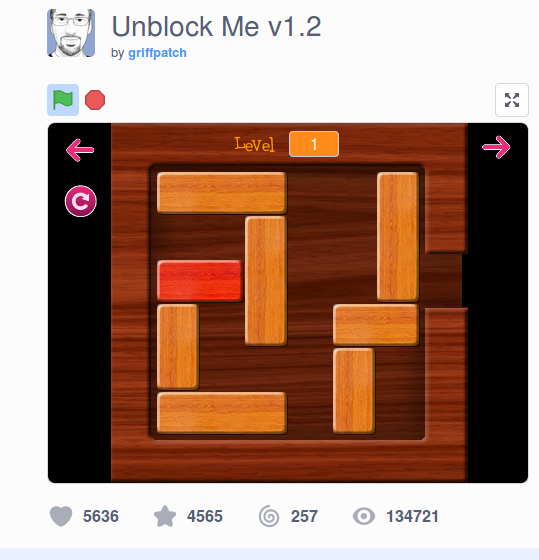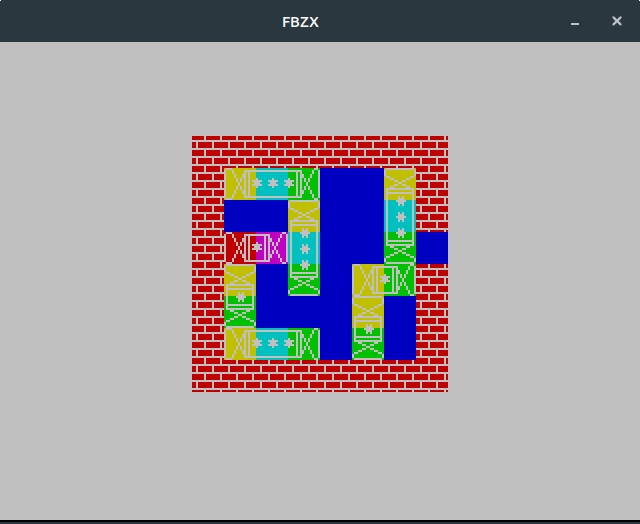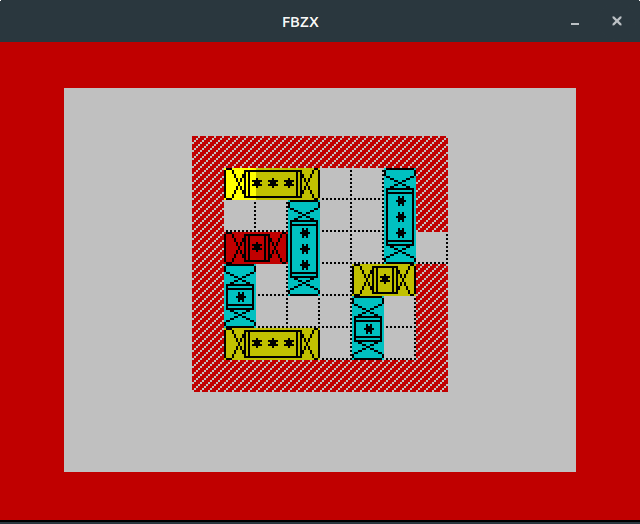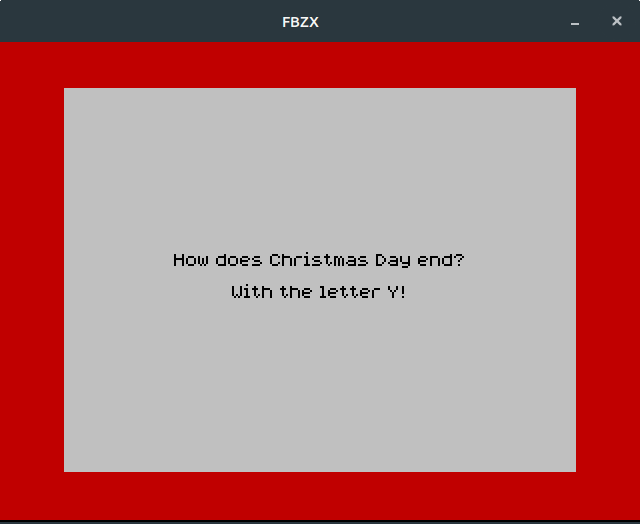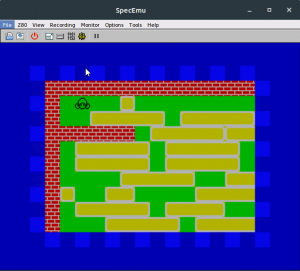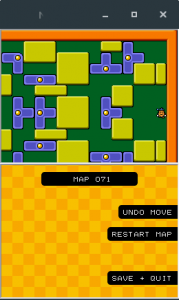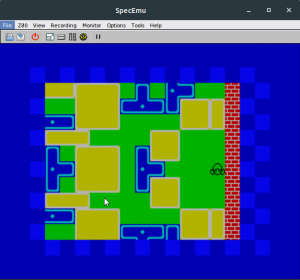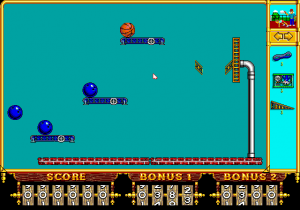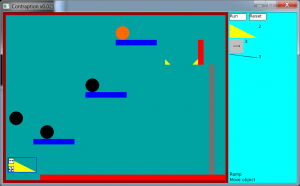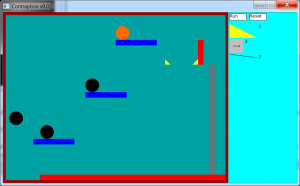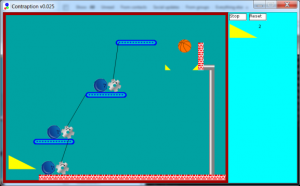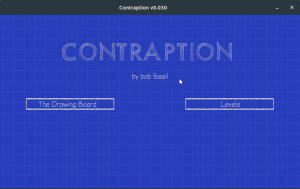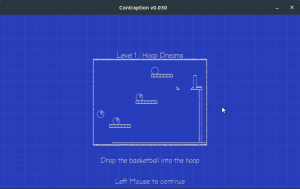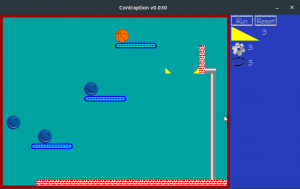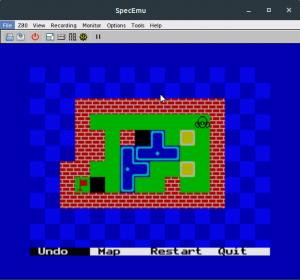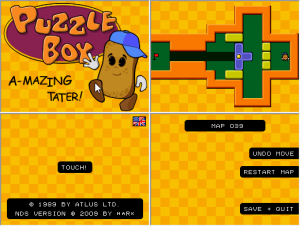My Aunt and Uncle did not have children so when we used to go and visit them my brother and I would have to take something with us to keep us entertained. This all came to a halt in the late 80s after my Uncle, for reasons unknown to me – as he’d never shown any interest in the subject up to that point – decided to purchase a home computer. He’d bought a Commodore C64.
Doubling down on this with a disk drive, printer and freezer cartridge, he’d also managed to obtain a large box of copied disks from someone he worked with. If this wasn’t exciting enough for us, the disk drive and printer combination added an extra frisson. If you powered the C64, disk drive and printer in the wrong order, you could end up damaging the C64. Pocket money crippling woes aside, this new acquisition posed another problem. Although we now had something to do, we were technically sleeping with the enemy.
Back in the 1980s home computer wars, you picked a side and stuck to it. I’d bought myself a ZX Spectrum 48k+ in 1984 as I wanted in on the home computer craze. The C64 wasn’t even on my radar due to the sheer cost of the machine. The Spectrum held sway at my primary school. There were a couple of people with Amstrad CPC 464s and a few Commodores. A friend of my mother who went to a different local school had bought their child a BBC Micro which we got to play on when we went round to visit.
Parents did not buy the Beeb for games. It was for far nobler pursuits like education or running a small business from. Even the big ticket games for it like Elite (fiddly space based ship simulator with you having to run a business in space) or Revs (fiddly Earth based race car simulator) seemed to revel in being difficult for small kids to play and required you to memorise at least fifteen different keys. The lack of games for the Beeb saw it off as a rival. In our eyes, any machine that didn’t have a version of Ghostbusters was a spent force. This combined with the lack of a proper joystick – from memory, a weird non centring analogue contraption – sealed the fate of the Beeb as an also-ran in the playground games scene.
The C64 was a different proposition. It did have proper joysticks. It did have Ghostbusters and it played the music from the film all the way through the game. Coming from the ZX Spectrum, the first thing to note about the C64 is how loud and musical it is. This is thanks mainly to it’s SID chip. In game music on the Spectrum was do-able but was tricky. Manic Miner and Jet Set Willy play single note beeper music throughout the game but the full on musical riot of the soundtrack provided by Rob Hubbard to Thing On A Spring was in another league.
The disk drive, at the time was a revelation too. Yes, even the notoriously slow C64 disk drive seemed nippy after spending minutes loading (or not loading) game in from tapes. Full games loading in under a minute and not having to rewind or turn tapes over for multi event titles like World Games left a mark. The graphics were more colourful – if a little chunkier and browner in places – and didn’t clash.
These occasional forays into the C64 did not cause major problems. I managed to get a 3rd party disk drive for my Spectrum +2 (my original 48k Spectrum had met a grisly end having a Kempston joystick interface knocked out of it’s expansion port with the power on which spelt insta-electra-death to the internals) and all was well with the world. But not for much longer. A storm was coming.
As the 80s ticked into the 90s, the old guard of home computers was under attack. The 16 bit machines released in the mid to late 1980s were now becoming more affordable and were becoming the machines of choice. The move up to secondary school had widened the social circles I moved in and while there will still C64s, Amstrads and Spectrums there were other, more affluent kids who had Atari STs and Commodore Amigas.
My first experience of the 16 bit world was near Christmas 1990. Not in a computer shop but in a music lesson at secondary school. As it was the last lesson before Christmas, the music teacher had brought the Atari ST that lived in the ‘music studio’ opposite (a soundproofed broom cupboard with a MIDI keyboard) into the classroom as a treat. I got to play a conversion of Metrocross.
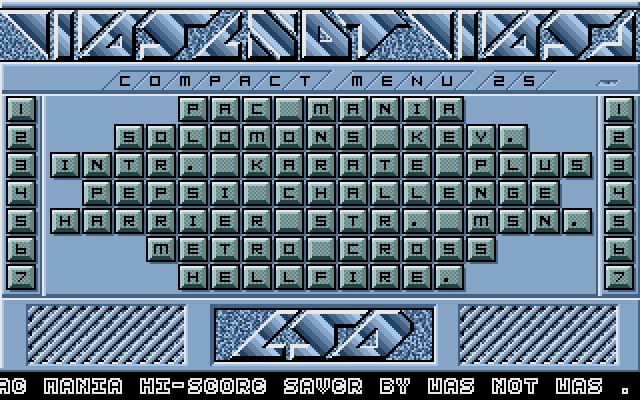
Like that old magazine advert from FAST, the teacher was running copied software on the school’s Atari. The following Christmas, he was taking copies of disks that a classmate had bought in, including a James Pond & Lotus Esprit Turbo Challenge compact disk. I didn’t get much time on it as once you were killed, someone else was let on to have a go. But the future seemed certain. I’d be getting an Atari ST at some point as my next computer and I’d be able to swap games easily as there seemed to be groups of people chucking out disks full of games.
This was a revelation coming from a tape based machine like the Spectrum. Although there were ‘cracked’ versions of software available for it these tended to originate from outside the UK. Most of the time you could copy a game with a twin cassette deck or using a freezer interface to snapshot the entire game to tape or disk. Even my dad managed to circumvent the colour code protection on Jet Set Willy by writing out all the colour codes as numbers on an A4 piece of paper.
So as I started to plan how many future Christmases I’d have to mortgage to get an ST, fate intervened in the shape of my Uncle. Again, for reasons that were never massively clear, he’d bought a new computer to replace his C64 – the Commodore Amiga 500. I don’t think it was brand new new as again, it came with a disk box full of hand labelled games. Labels that read ‘Xenon II’, ‘R-Type’, ‘Stunt Car Racer’ and ‘Shadow Of The Beast’.
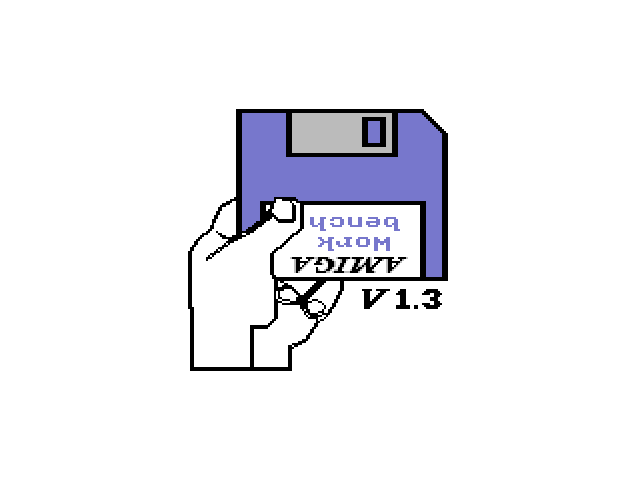
The white screen with the hand holding a floppy disk greeted us when my brother and I switched the Amiga on – fortunately a much simpler and less costly operation than the bomb disposal-esque startup routine of the C64. But where to start? Around this time in the Spectrum’s software life cycle it was trying to keep up with these new upstarts with various ports of popular 16 bit games back on to the 8 bit platforms. I’d heard of a game called Shadow Of The Beast from a preview in Your Sinclair magazine, so I popped that in the drive and the drive sprang into life.
I later found out that Shadow Of The Beast was often used by computer shops to draw the crowds in and to show off the Amiga’s music and sound capabilities. In both aspects it performed admirably. The music and graphics as the game loaded were amazing. Then the game started and the parallax scrolling kicked in. In hindsight Shadow Of The Beast is a poor game but my brother and I were suitably impressed punching and kicking waves of smoothly animated enemies.
After this we listened to the Amiga belt out a song from Bomb The Bass in the intro to Xenon II. An actual song, with samples. We hurtled round a roller coaster race track in Stunt Car Racer and winced when we heard the damage we had inflicted on the car. We enjoyed the novelty of playing Rick Dangerous in 1940s cinema serial black and white instead of the black and green we were used to on the Spectrum.
As if this wasn’t enough to take in, there was also the hand eye coordination challenge of using a mouse. This was the first time I’d used a mouse in anger – up until then I’d only ever seen them advertised as peripherals for the Spectrum or during Micro Live on the telly. This in combination with the icons and windows of the Amiga’s Workbench meant I was finally living the blue, white, black and orange WIMP dream!
And then it all came to a grinding halt. We’d gone to visit my Aunt and Uncle on a Sunday evening and tomorrow was a school day. Falling from the dizzying heights of cutting edge 16 bit technology to be dumped back into yesterday’s 8 bit future. What a come down! As the following days turned into weeks and months, I still liked my Spectrum – I even bought a mouse for it to try and recreate that buzz – but this brief foray into the future had been a wake up call.
I didn’t really have much choice but to make do with what I had, as the Amiga was more expensive than the Atari ST I had lined up to replace the Spectrum. My brother managed to save his money and got an Amiga A600 for Christmas some years later. A year or so after that, I managed to get the funds together to buy an Amiga 500 Plus. Ironically by the time I’d managed to jump on the 16 bit bandwagon, the Amiga and ST had been superseded by the Mega Drive and Super Nintendo and the PC was starting to get it’s act together too.
As everything changed in the great switch over from 8 to 16 bit, everything stayed the same. Spectrum vs Commodore C64 was now Atari ST vs Commodore Amiga and PC owners were the new Beeb owners. But for a couple of hours my brother and I travelled in time. And it was exhilarating.
